Ensuring energy efficiency through power monitoring
Energy-intensive industrial plants of all sizes – and building and infrastructure operators – are under increasing pressure to reduce their electricity consumption, which will in turn reduce costs. The necessary starting point for taking the appropriate optimisation measures is transparent consumption data as provided by power monitoring.
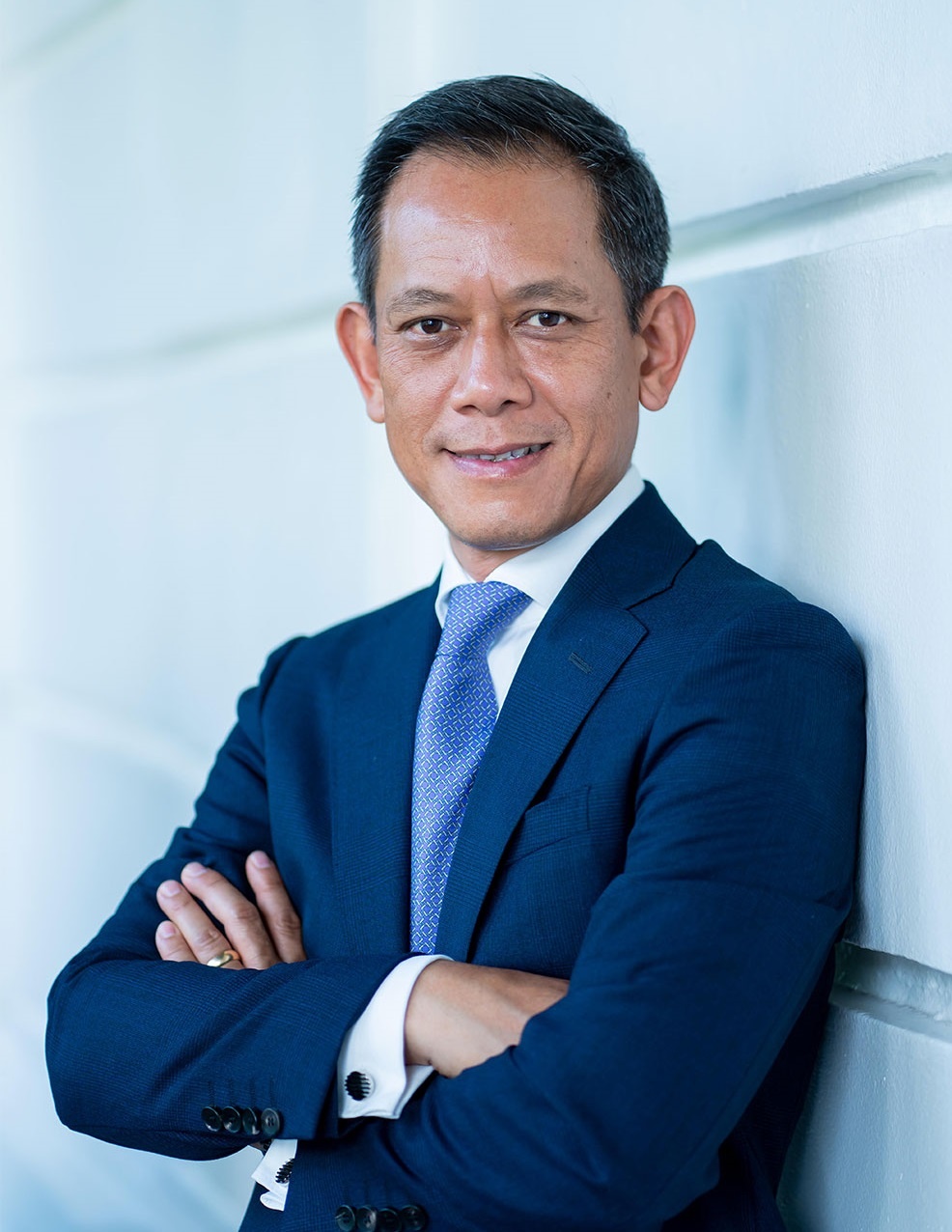 |
| Thai Lai Pham, President & CEO in ASEAN and Vietnam, Siemens |
One way that plants and buildings can confront the challenges of cost pressures and climate change is through systematic power monitoring, which provides high transparency across all electrical energy flows. Such transparency lays the groundwork for operational energy management according to the ISO50001 and 50003 global standards and for regular energy audits. It is also an important lever for reducing energy costs, optimising plant operation, and improving fault tolerance.
The differentiated acquisition and analysis of electrical energy flows in enterprises in all industries and of all sizes identify where the largest consumers are located and provide options for optimisation. In a bakery, for example, the average savings potential for ovens, refrigerators, and freezers is 15-30 per cent and even as high as 40 per cent for electric appliances – and for lighting, it is between 20 and 50 per cent.
This example also illustrates the ways that systematic power monitoring pays off in plants of all sizes and is especially profitable for relatively small bakeries. The smaller the production, the higher the specific energy consumption per tonne of flour used. For a flour requirement of over 150 tonnes per year, this amounts to about 1.6 MWh/tonne. For less than 75 tonnes, it is 4.8 MWh/tonne, which is three times as high.
Power monitoring: measurement and analysis
A power monitoring system consists of measuring devices that acquire energy data and analysis software that visualises and assesses the data. And digitalisation enables the monitoring of the electrical infrastructure in previously unknown ways and makes energy data visible.
One example of this type of analysis software is the Sentron powermanager from Siemens. This tool has comprehensive features and serves to process and export data for energy reports. Sentron powermanager can be used both as standalone software and as an integral part of the Desigo CC building management system. It also permits the straightforward analysis of energy consumption by presenting important values on a dashboard.
Evaluating load peaks and the load profile quickly result in energy savings. Last but not least, continuously monitoring power distribution makes it possible to identify critical plant states early on, which in turn ensures high plant availability.
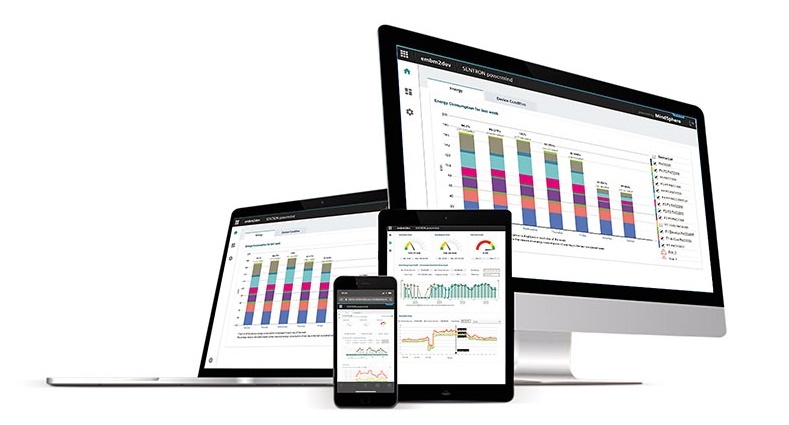 |
| The Sentron powermanager software from Siemens has comprehensive features and serves to process and export data for energy reports |
Communication-capable protection and switching devices
Energy data can be acquired not just by measuring devices but also by communication-capable protection and switching devices. The latest 3WA air circuit breakers from Siemens’ Sentron portfolio serve as a practical example. They combine protection and measurement functions in a single device. The electronic trip unit is designed to acquire a variety of data on energy and circuit breaker states in normal operation.
The data acquired is usually transferred to higher-level systems using standard protocols. Power monitoring software like Sentron powermanager from Siemens is able to read a number of different communications protocols.
This means that it is often possible to achieve cost and resource efficiency by continuing to use existing hardware in existing plants and by integrating it into the energy management environment, where it can easily be linked to new components and software solutions.
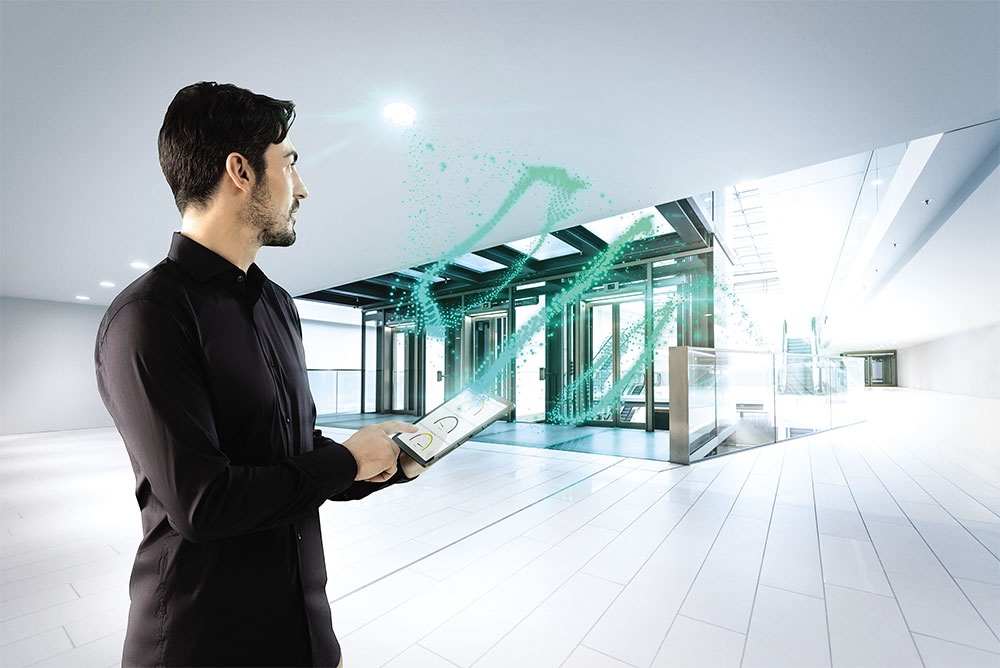 |
| Energy efficiency through power monitoring, Photo: Siemens AG |
Cloud applications create new possibilities
Today’s new device classes go one step further by transferring measured values directly from the electrical infrastructure to the Internet of Things (IoT). All the acquired data on energy, power quality, and circuit breaker states can also be integrated into cloud-based energy management systems.
This does not require that every measuring point be connected to the IoT. One centralised interface is enough. Cybersecurity is then more easily guaranteed, and the overall volume of data is also reduced. This entry must be well-protected.
A browser-based display of data is already feasible via this central node. The data that is actually needed and wanted can then be further processed in apps.
This direct data transfer to the cloud is made possible by the 7KN Powercenter 3000 IoT data platform and the Sentron powermind cloud-based app. The 7KN Powercenter 3000 fits inside any control panel, where it serves as a central interface. The IoT data platform offers various options for visualising and analysing data via the integrated web interface, and it is the foundation for operational energy management.
All data from communication-capable field devices – including measuring, switching, and protection – is transferred to the device and displayed immediately in a straightforward, predefined format using a standard browser.
The Sentron powermind cloud application enables the location-independent, real-time analysis of energy and plant data. For example, it provides an overview of current power consumption – whether by individual electrical consumers or by entire plants, and even by distributed estates or totally independent structures – and a comparison of different time periods.
It also makes it possible to identify power guzzlers, balance load peaks, and reduce overall energy costs. The transition to cloud-based power monitoring is easy, thanks to the interaction between Sentron powermind and the 7KN Powercenter 3000 IoT data platform.
This creates brand new possibilities. The systematic use of IoT platforms has additional advantages for electrical engineering and building technology, even beyond cloud-based power monitoring. It greatly reduces expenditures for a separate IT infrastructure.
Large amounts of data can also be stored and processed in the cloud and then made available for comprehensive analyses, regardless of location.
Sentron powermanager has been used as an integral part of the Desigo CC building management system, which was offered to the Deutsches Haus in Ho Chi Minh City - one of the smartest and most sustainable office buildings in Vietnam.
The software has also been employed extensively by many customers in Vietnam, such as Cho Ray Hospital, La Vie factory in the Mekong Delta province of Long An, Phu My 3 Industrial Zone, Trung Nam’s office building in the central city of Danang, Ho Chi Minh City Television, and most recently Vinamilk Danang.
The software enables them to reduce energy costs, optimise plant/facility operation, and improve fault tolerance, as well as achieve cost and resource efficiency.
By supporting energy savings, it contributes to lower gas emissions, thus being seen as an answer to climate change problems.
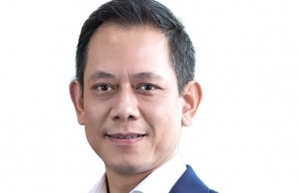 | Shaping the bright future of city life How can we create strong ecosystems to ensure safe, sustainable, and liveable cities in the future? What are the best practices in this field and what can we learn from them? Dr. Thai Lai Pham, CEO for Siemens ASEAN and Vietnam, talked with VIR’s Thanh Dat about Siemens’ answers for these challenges and the company’s unique digital offering for smart cities. |
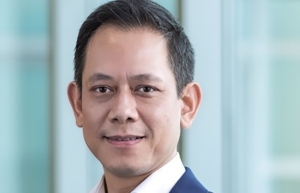 | Siemens standing at forefront of AI-driven Vietnam AI is offering massive potential in Vietnam’s business landscape. Dr. Thai Lai Pham, CEO for Siemens ASEAN and Vietnam, talked with VIR’s Thanh Thu about AI development in the country, the role Siemens is playing here, and the impacts of AI applications at Siemens. |
What the stars mean:
★ Poor ★ ★ Promising ★★★ Good ★★★★ Very good ★★★★★ Exceptional
Related Contents
Latest News
More News
- Stress laid on high-quality FDI inflows (December 15, 2025 | 11:00)
- Can Tho utilises its growth advantages (December 15, 2025 | 09:09)
- Ca Mau unlocking potential to shape a more sustainable future (December 15, 2025 | 09:02)
- Major projects to be inaugurated nationwide (December 15, 2025 | 08:00)
- MoF workshop highlights mounting concerns over ODA on-lending costs (December 12, 2025 | 16:05)
- National Assembly approves pilot mechanisms to accelerate major projects in Hanoi (December 12, 2025 | 11:29)
- Legislation gives government flexibility for loan guarantees (December 11, 2025 | 18:04)
- Vietnam eases policy approval requirements, simplifies foreign and outbound investments (December 11, 2025 | 17:53)
- Vietnam masters core technologies of automobile value chain (December 11, 2025 | 17:46)
- VAL opens second line of largest soybean crushing complex in Southeast Asia (December 11, 2025 | 12:08)

 Tag:
Tag:






















 Mobile Version
Mobile Version